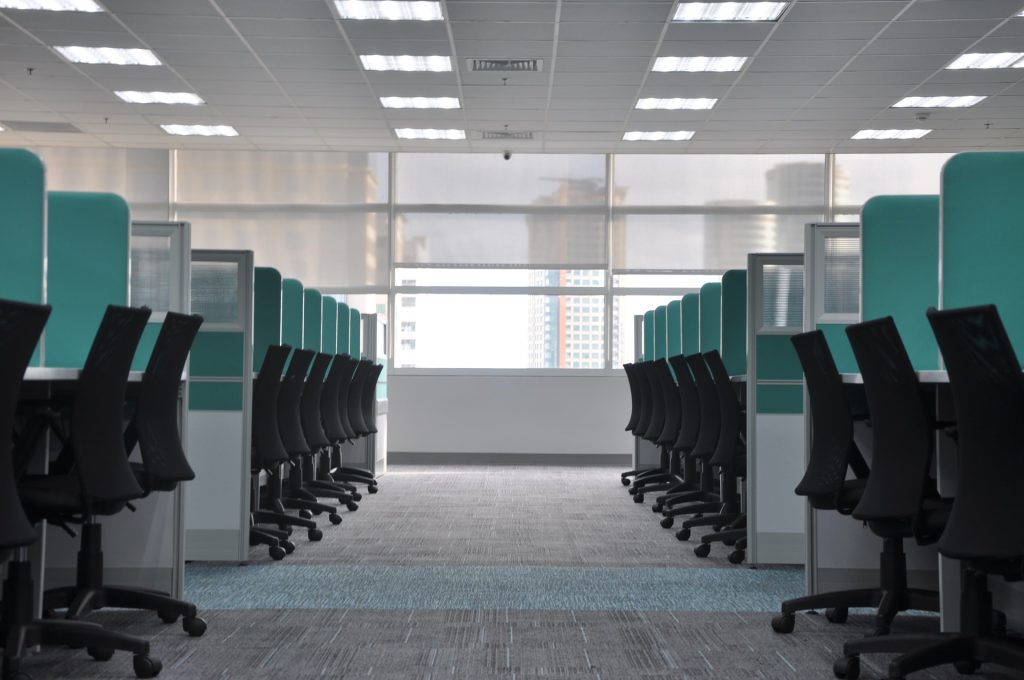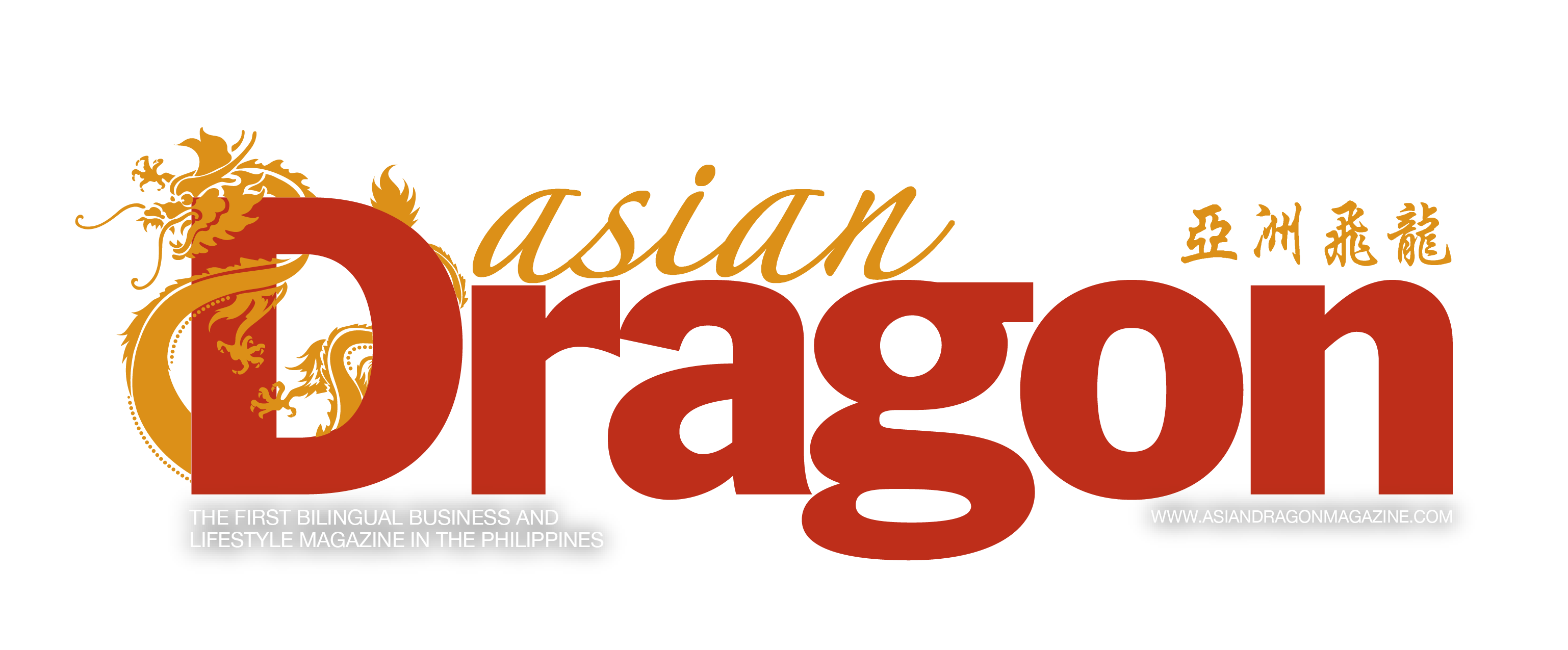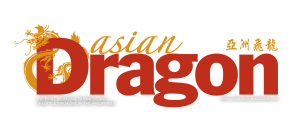
THE world is scrambling for roadmaps into the uncharted territory of COVID-19. We can only live in suspended animation for so long. As the wheels of industry and enterprise start turning again, nobody knows where True North is anymore. Where can we turn to for GPS assistance?
The Philippine government recently released guidelines for our transition into the “New Normal.” It’s not straightforward, with its dizzying array of abbreviations: ECQ, MECQ, GCQ, MGCQ. Not quite a roadmap and more of a list of dos and don’ts, at best it gives organizations some parameters to work with. The rest is open to interpretation.
As we brace ourselves to re-enter a changed world, major paradigm shifts will be directing many of our business strategies. This article starts with the larger landscape, exploring global trends and projections. Then it will interpret these locally, zooming in to three Ps to consider when reopening businesses amidst these challenging, uncertain times.
Projections
“There’s no data on the future, but you can increase your odds of getting it right,” says Kevin McCullagh, founder of PLAN, a consultancy for product strategy. In a talk titled “Innovation After Corona,” he stresses the importance of being familiar with macro-trends, while being able to discern between trends that are temporary and those that are here to stay.
The emerging arc of macro-trends seems to be moving away from the dream of globalization. It’s as if countries are folding inward, going into self-preservation mode as they try to work out national solutions. As borders close, shorter supply chains or near-shoring have become the more stable option for manufacturers. Self-sufficiency is now the priority.
Other macro-trends include corporate consolidation and equality tensions. There will be a shakeout across all industries, with smaller companies going bankrupt or getting absorbed cheaply by larger groups. Meanwhile, low-paid workers are expected to be hit hardest by the recession following the COVID-19 lockdown.
That said, businesses are trying myriad strategies to stay afloat. Some are capitalizing on quarantine habits, boldly engaging in agile pivots to serve new needs. For instance, clothing manufacturers are repurposing to create personal protective equipment (PPE), while chemical plants are increasing their production of sanitizers and cleaning materials. But these are temporary trends, cautions McCullagh—great for short-term gains, but not much more.
Accelerated trends are those that have been around for some time, now pushed to the fore by necessity. Doctors have been advocating for telemedicine for years, and now it seems likely to be here to stay. Contactless or autonomous delivery is another example, quickly becoming the new norm.
Finally, new trends have also surfaced. A strong one is heightened hygiene, which may change the way we commute and operate. It’s these trends that businesses will need to plan for. Some changes will be small, requiring tweaks or retrofitting; others may require a total rethink of how we conduct business, starting with where we work.
Place
Once hailed as the epitome of the modern workplace, the open-floor office is now a laughable, distant dream. The billion-dollar failure of WeWork is a strong indicator that co-working spaces have no place in the new normal. People once loved the idea of serendipitous collaboration; now, they will be clamoring for safe collaboration.
What might the new workplace look like? It’s back to cubicles – perhaps with see-through plexiglass barriers, dubbed “sneeze guards.” Open areas for safe congregation will replace fancy employee canteens and conference rooms. Antibacterial technology will be everywhere, from UV lights and better ventilation, to antimicrobial work surfaces and silver or copper-infused everything. And lots and lots of sanitizers and PPE.
When thinking about reopening your office, you may have to consider new layouts and furniture—and alongside those, new policies.
Policy
Among the guidelines issued by the government are categories of industries allowed back to work. Category III industries, which include financial services, legal/accounting firms, and BPOs, are only allowed a return of a maximum of 50 percent of their workforce. Constraints like these force businesses to seriously consider permanently institutionalizing work-from-home policies.

Remote working is an accelerated trend made possible by improvements in digital connectivity. Many organizations had to road-test platforms for one that fits their needs, weighing issues like data privacy, user-friendliness and screen-sharing capabilities.
While reopening your workplace, consider the twin benefits of encouraging people to set up home offices. It’s a way to keep workers safe, but it’s also a way to save money on overhead—especially if new office layout standards necessitate allotting more space for less people.
People
But perhaps the best way to reduce transmission is to adopt a health-first policy. Your Human Resource (HR) department has new and important duties now when it comes to keeping your most valuable resource safe.
Despite their statements, the national government has virtually transferred the burden of testing against COVID-19 to the private sector. It’s an expensive responsibility, and not all businesses are ready to bite the bullet. Research shows that providing paid sick leave that encourages ill employees to stay home may be the most efficient—and less painful—way of preventing disease transmission.
When reopening the office, consider complementing flexible work arrangements with more leeway for paid sick leaves, being careful to prevent the abuse of new work policies.
Precautions
When directing your company forward, it’s usually a good idea to refer to models of past successes. However, scenarios like COVID-19 have no precedents. For difficult decisions, it helps to ensure that your executive or managing committee is diverse enough to accommodate a lot of perspectives. Minimize “groupthink” and stay open to new information.
Take comfort in knowing that we’re all in the same boat. Changes are unfolding at such fast rates that all businesses will have to embrace flexibility. Nothing is final; just take one precautionary step after the other. It’s the safest way to navigate towards the New Normal.






































